1Department of Pediatrics, Keimyung University School of Medicine, Keimyung University Dongsan Medical Center, Daegu, Korea.
2Deparment of Pediatrics, Kangbuk Samsung Hospital, Sungkyunkwan University School of Medicine, Seoul, Korea.
3Department of Pediatrics, Seoul National University College of Medicine, Seoul National University Cancer Research Institute, Seoul National University Children's Hospital, Seoul, Korea.
4Department of Pediatrics, Daegu Fatima Hospital, Daegu, Korea.
5Department of Pediatrics, Yeungnam University College of Medicine, Daegu, Korea.
6Department of Pediatrics, Pusan National University School of Medicine, Pusan National University Children's Hospital, Yangsan, Korea.
7Department of Pediatrics, Chonnam National University Hwasun Hospital, Chonnam National University Medical School, Gwangju, Korea.
8Department of Pediatrics, Seoul National University College of Medicine, Seoul National University Bundang Hospital, Seongnam, Korea.
9Department of Pediatrics, Samsung Medical Center, Sungkyunkwan University School of Medicine, Seoul, Korea.
10Department of Pediatrics, Ajou University School of Medicine, Suwon, Korea.
11Department of Pediatrics, Seoul St. Mary's Hospital, College of Medicine, The Catholic University of Korea, Seoul, Korea.
12Department of Pediatrics, School of Medicine, Kyungpook National University, Kyungpook National University Hospital, Daegu, Korea.
13Department of Pediatrics, Gyeongsang National University College of Medicine, Gyeongsang National University Hospital, Jinju, Korea.
14Department of Pediatrics, University of Ulsan College of Medicine, Asan Medical Center Children's Hospital, Seoul, Korea.
15Department of Pediatrics, Dong-A University College of Medicine, Busan, Korea.
16Department of Pediatrics, Inha University Hospital, Incheon, Korea.
17Department of Pediatrics, Chosun University Hospital, Gwangju, Korea.
18Department of Pediatrics, Ewha Womans University College of Medicine, Ewha Womans University Seoul Hospital, Seoul, Korea.
19Department of Pediatrics, Center for Pediatric Cancer, National Cancer Center, Goyang, Korea.
20Department of Pediatrics, Jeju National University Hospital, Jeju National University School of Medicine, Jeju, Korea.
21Department of Pediatrics, Inje University College of Medicine, Busan Paik Hospital, Busan, Korea.
22Department of Pediatrics, Cha Bundang Medical Center, Cha University, Seongnam, Korea.
23Department of Pediatrics, University of Ulsan College of Medicine, Ulsan University Hospital, Ulsan, Korea.
24Department of Pediatrics, Hanyang University Seoul Hospital, Seoul, Korea.
25Department of Pediatrics, Korea University Ansan Hospital, Korea University College of Medicine, Ansan, Korea.
26Department of Pediatrics, Daegu Catholic University School of Medicine, Daegu, Korea.
27Department of Pediatrics, Kosin University College of Medicine, Kosin University Gospel Hospital, Busan, Korea.
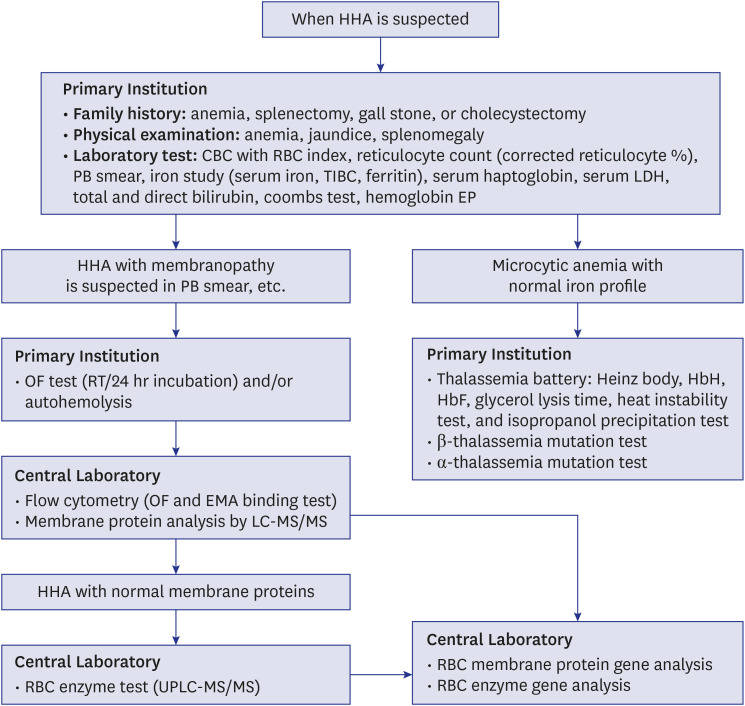
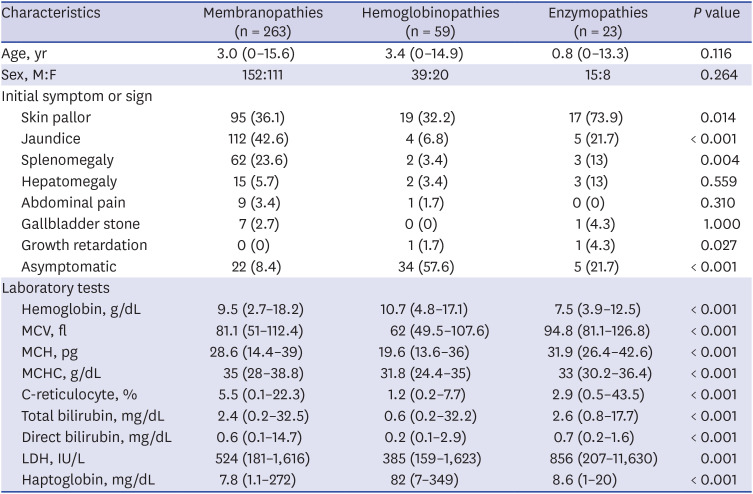
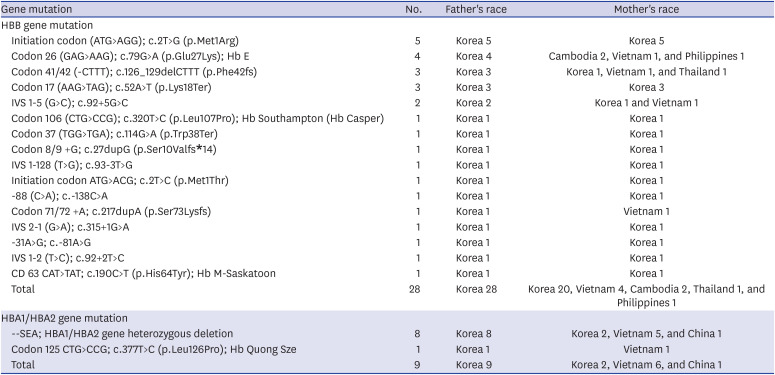




 PDF
PDF Citation
Citation Print
Print



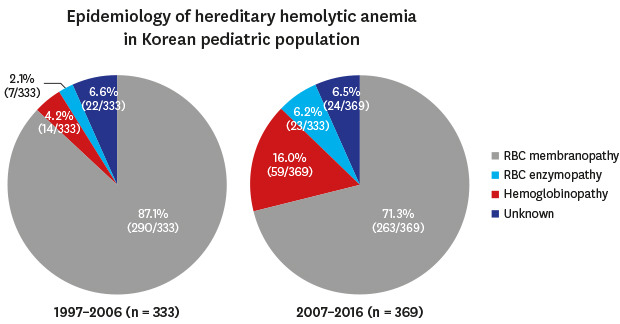
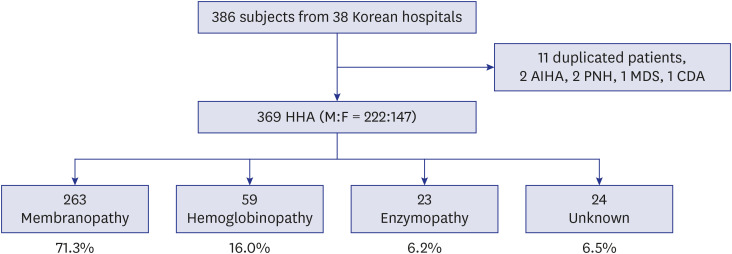
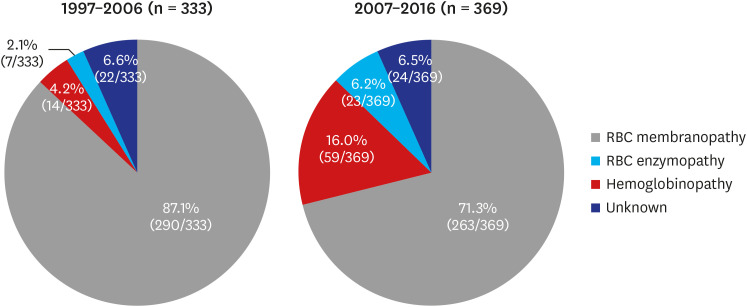
 XML Download
XML Download